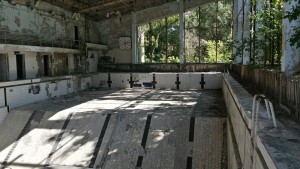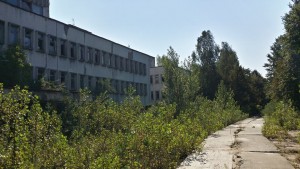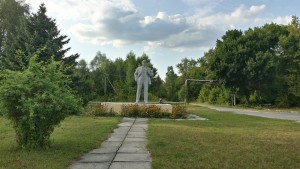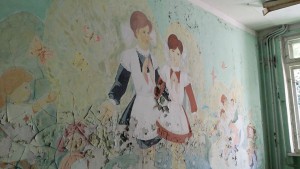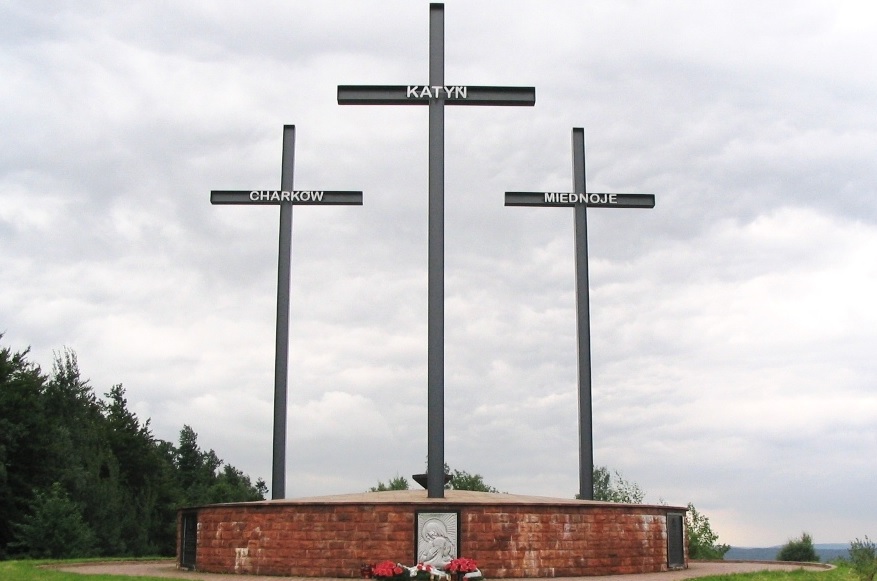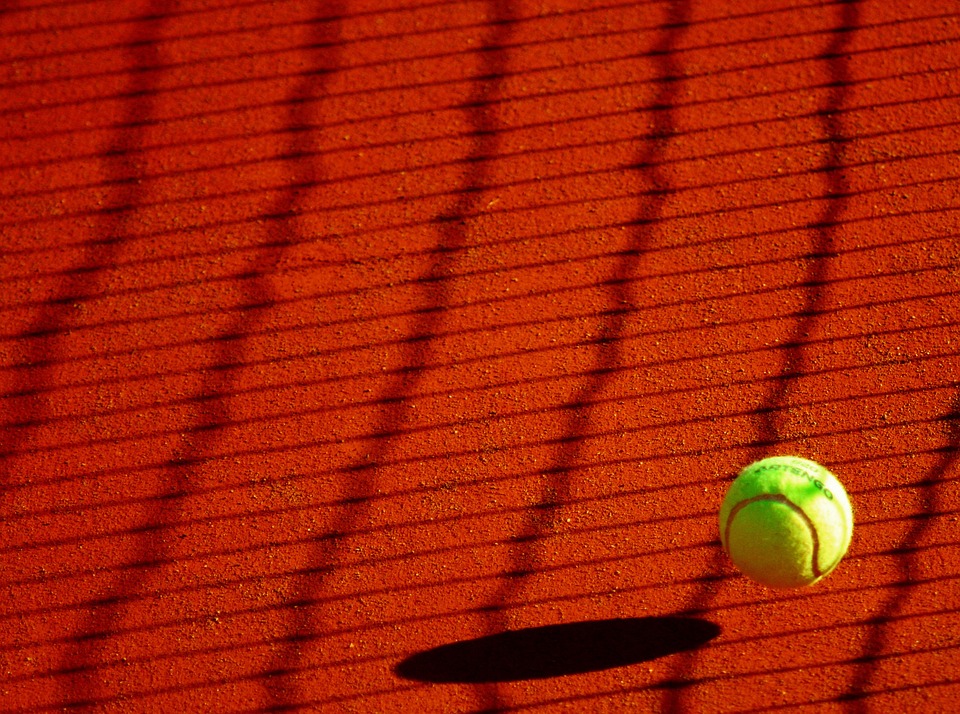By Marie Fouque.
Ukraine – On the 26 of April, 1986, at the Lenin nuclear power plant, 15km away from Chernobyl, Ukraine, occurred the worst nuclear disaster ever. An increase in the reactor power lead to an explosion. It was the first accident classified at level 7, the highest level on the International Nuclear Invent Scale (INES). The other one was Fukushima (11 of March, 2011).
The nuclear plant is 110km away from Kiev, near the border with Belarus. It entered into service in 1977, and was directed by Viktor Petrovitch Brioukhanov. He wasn’t a nuclear specialist, but he was appointed for “activist voluntarism, that consists in exceeding and filling the production plan”. After the disaster, he was sentenced to 10 years in prison and he was expelled from the Communist party.
The nuclear plant itself didn’t explode, but there was an accident during an electricity test, then it went on fire. Firefighters are called, they came immediately from Prypiat, 3km away from the nuclear plant. They thought it was a fire so they came with no special equipment, and most of them died irradiated.
Over a thousand helicopter pilots went back and forth, exposed to the radiations, to full the reactor with 30 tons of lead, clay and sand, in the 10 meters-wide whole, from a height of 200 meters.
The population nearby wasn’t immediately informed of the events. Gorbachev himself was alerted the day after. The administration created a full opacity about the event, Gorbachev called the KGB to obtain more information. Anywhere else in the world, the news were told slowly.
The evacuation of the population nearby began thirty hours after the disaster. About 45.000 people are evacuated from Prypiat by the armed forces. They took only the bare essentials, as they thought that they were living their home for two days or 3.
The 28 of April in the morning, in the Forsmark nuclear power plant in Sweden, an abnormal level of radioactivity was detected and people are evacuated. But it’s an external problem that comes from East, 1.100km from there.
The days after the explosion, there was a need to close the submerged taps in submerged rooms, because of the risk of a biggest accident. Three divers sacrificed themselves and died a few days after.
From August, the decontamination and the isolation of the reactor began. Dozens of operators were appointed to collect the radioactive waste, they’re called the liquidators. They feeling that they were saving the country, and they were told they would be rewarded. About 600.000 workers were sent to Ukraine from Belarus, Latvia, Lithuania, Russia. They did rotations to remediate the site. They made themselves protections with lead and stayed only a few seconds exposed to the radiations. The liquidators on the roof of the reactor 3 were called the “biological robots”, and the dosimetrists that mapped the areas were called the “roof cats”. Iodine was distributed but it wasn’t systematic. An important part of them died or developed a cancer, but it is impossible to know exactly how many because the census data management was tampered. Some have been made “heroes of the Soviet Union”, like Nikolaï Melnik, a helicopter pilot, and Leonid Teliatnikov, which was responsible for fire-fighting. A monument was built for him the 26 of April, 2006 in Kiev. Remote-controlled robots have also been used but they broke because of the radiations. During the building of the concrete sarcophagus, a helicopter crashed and all the crew died. It was filmed by the cineast Vladimir Shevchenko. He died also, a year after that, because of the radiations.
Between the 27 of April and the 7 of May, two cities and 70 localities were depopulated, on 300.000 hectares. Over 200.000 have been evacuated.
In October 1986, the building of the concrete sarcophagus ended. The body of Valeri Kodemchouk remains in the structure, he couldn’t be recovered.
On the same year, the city of Slavutych was built, about 40km away from Chernobyl, to rehouse workers and liquidators, and to maintain the site in activity.
On the 27 of April, 1988, Valeri Legassov, a scientist member of the USSR Academy of Sciences, hang himself. He wasn’t able to withstand the pressure and the way the accident was managed. He published posthumously an article in “the Pravda”, named “It is my duty to tell…”
For 15 years, only about fifty deaths were recognized as directly link with the disaster. The criteria to register the victims was too specific and muddled to tell exactly how many they were. Some cancers could have been avoided if iodine had been distributed at the right moment.
The consequences were totally silenced. Some testimonies of liquidators can be seen in the report “The Sacrifice” (2003) by Wladimir Tchertkoff. In 1991, a man explained: “Savtchenko, the former health minister, declared that Rizhkov told: it’s not a secret, it’s extremely secret, the doses and information about Chernobyl.” The men were all sick, one of them enumerated his diseases: “dysautonomia, heart troubles, stomach pain, badly, kidney disease, mental alteration, irritability, exhaustion”. Another one lost his legs: “they told us someone would come to visit us every six months. Nobody came. We are the society’s waste”. An officer said: “we are useless, a a weight, we disturb, because we ask.”
In April 2011, 2.000 liquidators manifested against Ianoukoich’s decision, to lower their indemnities and their pension. He said that to respect the promises was “unreasonable for the government”.
Just in Ukraine, 1.000 trenches were dug to put the waste in. It is impossible to know how many tones were replaced and dug, because of the inconsistency on the data from the different international versions. The irradiation consequences are neglected from all parts;
780.000 hectares of agricultural land became inoperable and 694.000 hectares of forest were abandoned.
In 1999 a first serie of operation to consolidate the roof was realized by Ukrainians, in the wait of the realization of another structure. In the 2000s, the concrete sarcophagus that was built quickly, went downhill and was no more waterproof. The water filters through the gaps and there was a contamination risk for the groundwater.
In 2000 the activity of the nuclear plant ended.
In 2001 the concept of Chernobyl New Safe Confinement went adopted, and in 2006 after a bid solicitation, a Russian company stabilized the different parts of the building. The consortium Novarka was lead by the French companies Vinci and Bouygues, and became in charge of the tasks. The terracing began in 2006, the building of the Confinement started in April 2012 and should be delivered in 2017. It will be 108 meters tall, 162 meters large and 270 meters long, and it would weight 30.000 tons. The cooling tower should be destroyed, it disturbs the work and there is a risk of collapse on the reactor 4. In February 2013, the roof of a building collapsed under the weight of the snow.
The metallic structure should resist a century. The project is financed in major part by the G7 and Ukraine.
In 2016, there are 800 people living in Chernobyl, and the population is increasing. The first one that came back to the city were women, in the major part, that want to die where they were born.
The city of Slavutych, that was built for liquidators and workers, has 25.000 inhabitants. People are living from the activity of the area, where they go by phases of 15 days.
Tourist activity is developing, people around the globe come to spend some hours, they measure radioactivity. They take photos of the abandoned places, like did Matthieu Corvez that gave us his pictures.
Further, wildlife roams freely thanks to the quasi nonexistent human activity the contaminated territory. Studies are lead by scientists to see the real impact of radiations. But animals seem healthy, and multiply. The boar population increased surprisingly and went regulated by wolves.
If they were some malformed or sick babies, they would die or be eaten just after their birth. Those that survive have no weakness. Some cases of malformation or irregularities have been observed on certain migratory species, like swallows. Because they do not spend their life on the irradiated territory, they’re not adapted to this new environment.
The effects can be seen on plants. The radiations kill some bacteria and some fungus that are necessary to decomposition. The dead leaves decompose slower than usual, that is dangerous in case of fire, that would spread the radiations. All plant species don’t grow, for example birch trees replaced the pines.
The animals that enjoy human contact left the region, and some species that are rare elsewhere in Europe are thriving, like European buffaloes, lynx, wolves, elks, whooper swans. It’s a true inadvertent natural reserve, but in spite of all of this, animals are victim of poachers.
In Wladimir Tchertkoff’s report, in a testimony from 1999, a man on a wheelchair because of the disaster, said: “to remember hurts, it’s better not to do it. The sun is shining, the weather is good. If you remember, it’s a full nightmare. It’s better not to remember. Its was a long time ago and it isn’t true. I would like to ask, maybe, if some people somewhere… I don’t know… would like to help me find a car. Even a second-hand, a cheap one. Just to be able to go out and see the nature. Because, like this, without nature, it’s difficult.”


